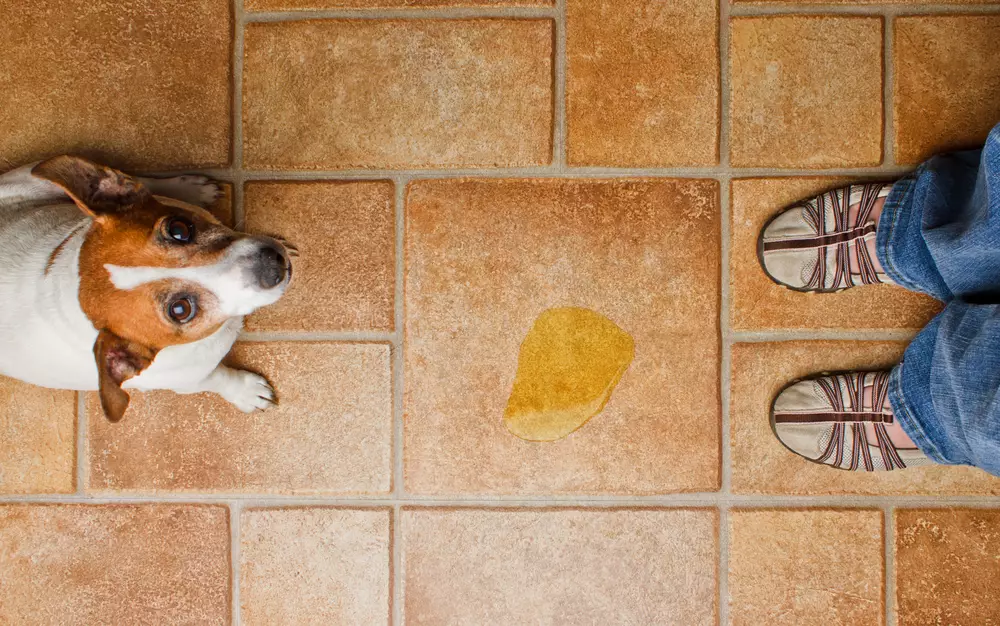Owning a spirited dog can be a delightful experience, filled with joy and laughter. However, it can also present challenges, particularly when your pup has a habit of urinating during moments of excitement. This article explores comprehensive strategies to help minimize these incidents, offering pet owners actionable steps to foster a more enjoyable and mess-free relationship with their excitable furry companions.
Before diving into solutions, it’s crucial to understand why your dog might be peeing when overly excited. Accidental urination is commonly seen in puppies but can also persist in older dogs. In many cases, such behavior can stem from medical conditions, including urinary tract infections or bladder issues that could compromise their ability to control their bladder. Thus, consulting a veterinarian is indispensable. Your vet will assess your dog’s health through examinations and tests, ruling out any underlying medical problems that may contribute to the issue. A healthy pet is a fundamental prerequisite for exploring training and behavioral modification strategies effectively.
Post veterinary consultation, consider adjusting your dog’s diet. Certain supplements may strengthen bladder control when integrated into your dog’s nutritional plan. Cranberry extracts are among the most recognized for their potential in making urine less acidic, thereby reducing the likelihood of unwanted accidents. Additionally, supplements such as Vitamin B6 and omega-3 fatty acids could assist in promoting overall bladder health. Engaging with your veterinarian can also provide insights into other supportive dietary changes that can suit your dog’s specific needs.
Establishing a consistent and strategic schedule for potty breaks can significantly mitigate accidents. Anticipating moments when your dog is likely to get excited—like arrivals of guests or playtime—allows for timely outdoor potty breaks. Ensure your pup has an empty bladder before entering situations likely to trigger excitement. A proactive approach can curtail potential indoor incidents and foster a sense of control.
Behavior modification thrives on positive reinforcement. Each time your dog manages to stay dry despite excitement, lavish praise or offer treats as encouragement. Reinforcing the desired behavior builds a strong association between maintaining control and receiving positive feedback. Over time, your dog will learn that staying dry leads to rewarding outcomes, further motivating them to manage their excitement better.
Another helpful technique is gradually desensitizing your dog to stimuli that trigger their excitement. This involves controlled exposure to situations that elicit strong reactions, starting from a calm state. For instance, you can allow your dog to interact with an exciting stimulus—like their favorite toy or visitor—while ensuring they remain calm. Gradually escalate the level of excitement while consistently rewarding calm behavior. This controlled method can empower your dog to handle their excitement more effectively, ultimately reducing the likelihood of accidents.
Physical activity is not merely beneficial for your dog’s health; it can play a key role in controlling their behavior. Engaging your excitable pup in vigorous activities such as walks, runs, or play sessions prior to exciting events can help release excess energy, making them more prone to remain calm amidst triggers. A well-exercised dog often possesses better self-control, contributing to fewer indoor accidents.
In cases where accidents still persist and home damage becomes a concern, consider the use of dog diapers as a temporary measure. Dog diapers can be a practical solution, particularly in transitional phases while you are implementing training techniques. While not the most visually appealing option, they serve a critical role in protecting your home and alleviating stress for pet owners.
Crate training can be another effective approach to managing your pup’s excitement. A properly used crate serves as a comforting retreat for your dog, providing a secure environment where they can calm down. It’s vital to remember that the crate should never be used as a punishment; it should be viewed as a safe haven. Popping your excited pup into the crate during highly stimulating situations can allow them to regain composure and prevent accidents.
While it may feel daunting, addressing the issue of excitement-induced urination is not an insurmountable challenge. By understanding the potential causes, utilizing training techniques, and seeking veterinary advice, pet owners can effectively steer their excitable pups toward more controlled behavior. Each step taken towards reducing these accidents not only enhances the living environment but also strengthens the bond between you and your beloved pet. With patience, persistence, and love, you can help your furry friend thrive in every moment—exciting or otherwise.

